The vast majority of computers use two types of dust filters – a fine nylon one and a coarser plastic one. The fact that the plastic filter lets more through and is less efficient in this respect is already apparent from the eye, as it has a coarser mesh. But do you know which one degrades the performance of the fan more and by how much? One even “wheezes”, which is nicely indicated by a detailed noise analysis at 240 sound frequencies. Read more “Test: Nylon vs. plastic dust filter. Which restricts fans less?”
Tag: fans
Complete analysis of the final wind tunnel for fan testing
The introduction to this article has been rewritten several times. The original versions resorted to describing the adverse events that caused the long-announced fan testing to be so dramatically delayed. But the text was always dreadfully boring… the important thing is that everything managed to make it to the start. But before the starting gun, come take a thorough walk around the track where the measurements will take place. Read more “Complete analysis of the final wind tunnel for fan testing”
Specs of the first Aorus fans look more than good
Gigabyte will sell the Aorus fans as standalone products. News of this surfaced earlier this summer, at the launch of the new AIO coolers , but now it’s all in black and white. And admittedly, this may not be a “fancier” hardware category (Aorus). The motors have three-phase torque, a lubricant with supposedly superior durability, and finally, the rotor design looks sensible. Read more “Specs of the first Aorus fans look more than good”
Thicker fan, better properties? Phanteks has a 30 mm fan
Phanteks has released a 120-millimeter fan with an atypical thickness of 30 mm. Thanks to such a profile, the rotor with the same cross-section can have a larger blade area. And since the blade shape on the new Phanteks fan resembles that of the Noctua NF-A12x25 PWM, there was immediate speculation about “the new king” and so on. However, this may not be so clear for several reasons. Read more “Thicker fan, better properties? Phanteks has a 30 mm fan”
TL-B12 Extrem: New fan by Thermalright with 3,150 rpm
A remarkable fan—TL-B12 Extrem—has appeared among the products on Thermalright.com. It will be one of the few options with very high speed and therefore high static pressure and air flow. According to specifications, it even defeats the industrial variant of the Noctua NF-F12 fan (iPPC-3000 PWM) in some aspects. However, the TL-B12 Extrem could be cheaper. Read more “TL-B12 Extrem: New fan by Thermalright with 3,150 rpm”
Alphacool has new fans: High speed and low profile
Characteristic for the Alphacool brand are excellent radiators and various accessories for liquid coolers. However, the offer of fans is relatively narrow. That is changing a bit now. The company is expanding its offer in this direction wisely, with unusual designs. One of the new additions is a low-profile 120 mm and the other two fans excel at extremely high speeds, which are not common with computer fans. Read more “Alphacool has new fans: High speed and low profile”
Years of development and new Noctua fans made of Sterrox
There is probably no such thing as a dominant company in the world of cooling. But if we talk just about fans, Noctua is close enough. Their fans with characteristic brown rotors are relatively expensive but also generally considered to be a quality standard. Now, this Austrian company introduced a new generation that promises big changes. Read more “Years of development and new Noctua fans made of Sterrox”
We are preparing a big test of fans. Do you have some tips?
We’re gathering 120mm fans to make a big comparative test for you. We will have all categories represented: cheap, expensive, slow, fast, with various bearings types, optimized for system cooling, optimized for heatsinks, and so on. We already have the idea about the test procedures, but we don’t want to omit your tips, feel free to leave some in comments. Read more “We are preparing a big test of fans. Do you have some tips?”
System cooling in the spotlight. What to increase/decrease?
Do you know how many fans do you need and what speed they should run at to achieve the optimal cooling of your PC case? Is it better to induce positive pressure, negative pressure, or balanced airflow? Are four fans with less RPM more effective than two with more RPM? We can answer all these questions by providing you results of more than 70 tests which also include the monitoring of the heating of power supply circuit of CPU and GPU. Read more “System cooling in the spotlight. What to increase/decrease?”




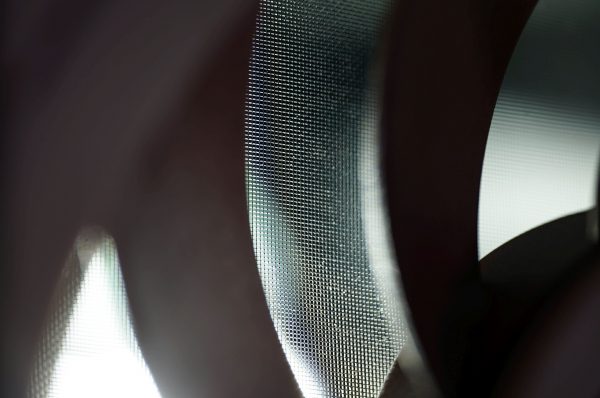
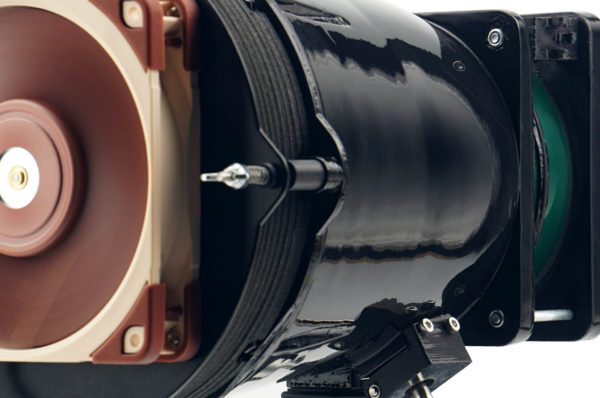
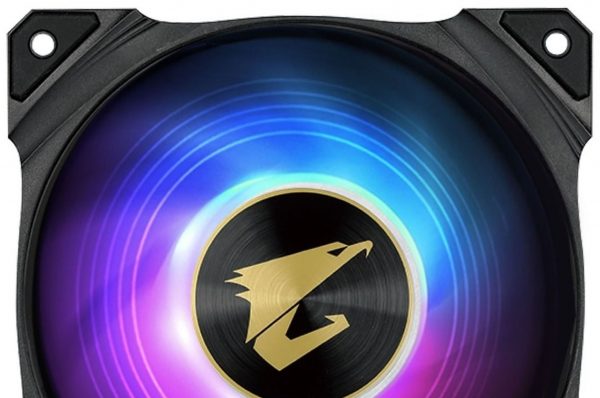
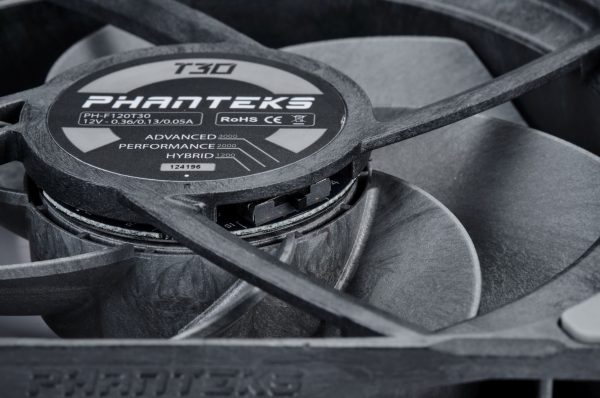
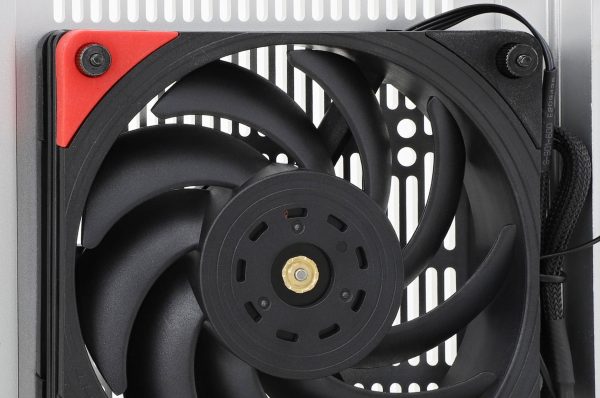

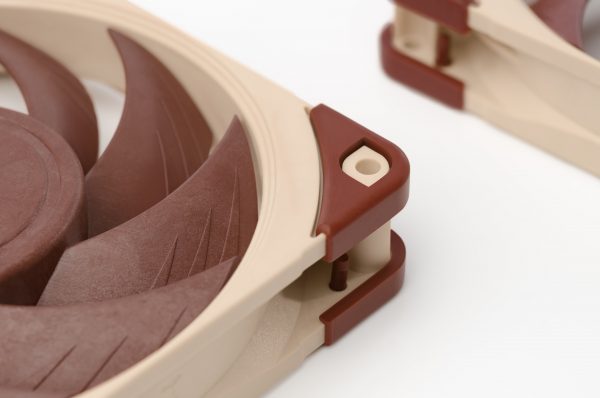
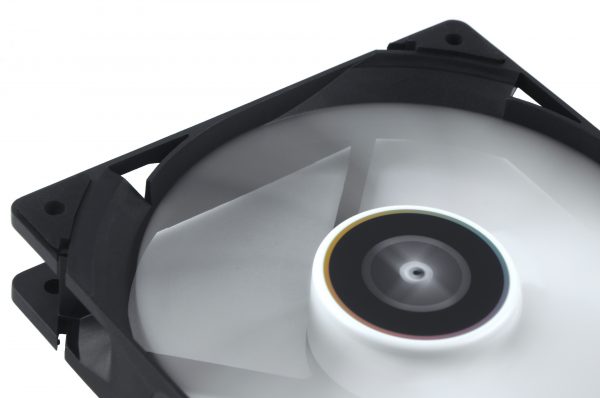
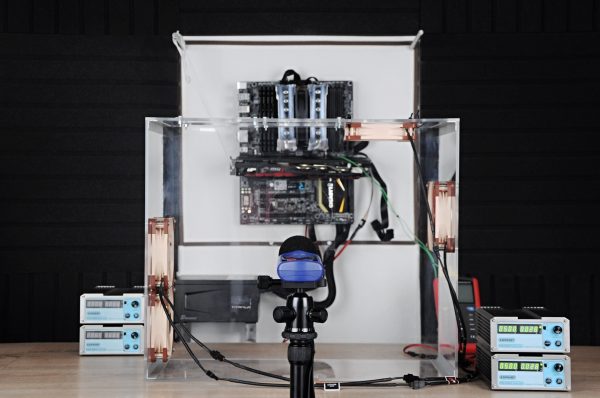



Latest comments